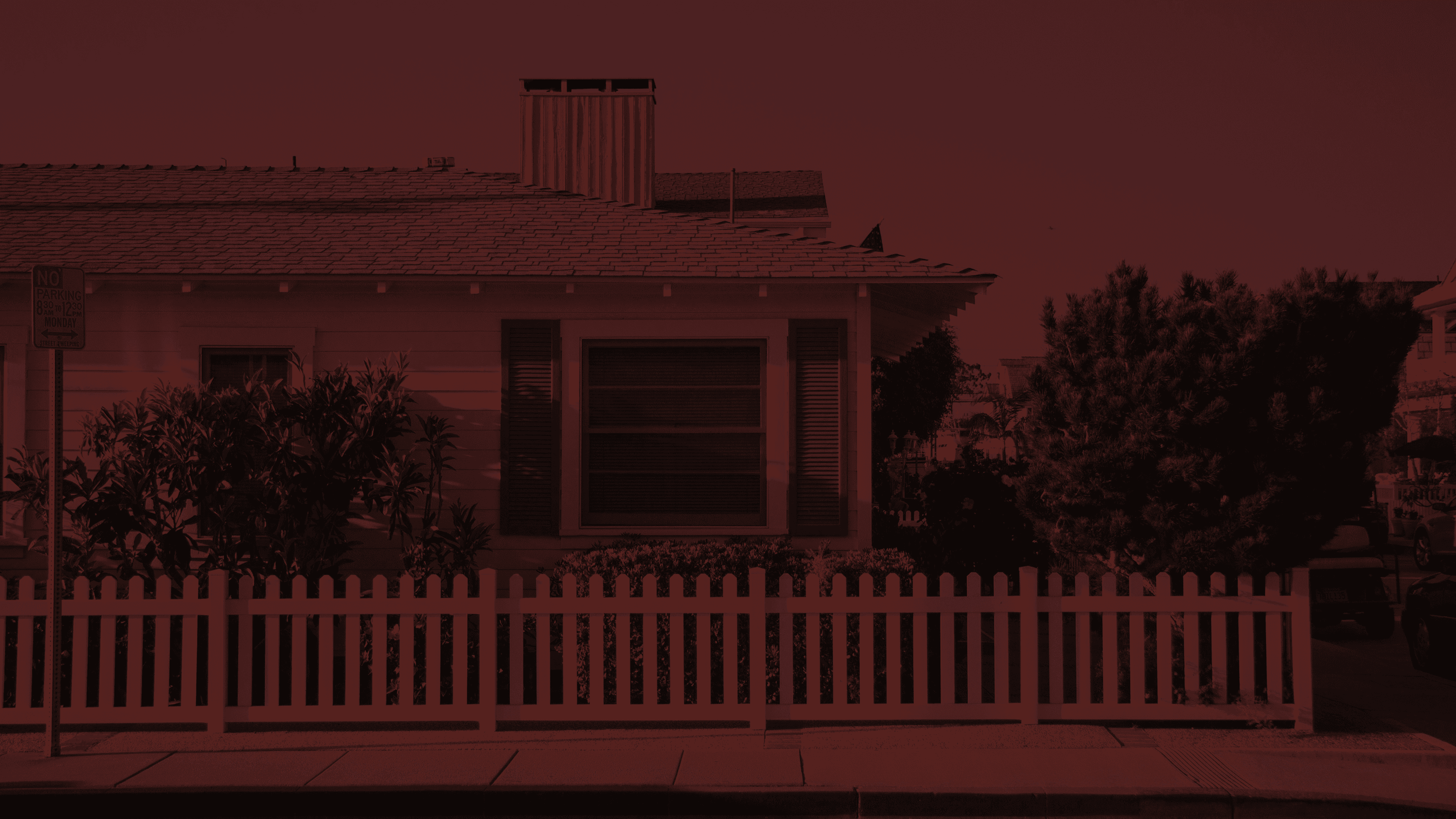
Insulate your home properly.
Proper insulation is key to keeping your home warm and reducing energy bills. Ensure that your attic, walls, and floors are well-insulated to prevent heat loss. Insulation helps maintain a comfortable temperature and prevents drafts, making your home more energy-efficient.
Seal windows and doors.
Check for drafts around your windows and doors. Sealing gaps or cracks with weatherstripping or caulk can prevent cold air from entering your home, which can lower your heating costs. Don’t forget to check your attic and basement windows as well.
Prepare your heating system.
Before the cold sets in, ensure your heating system is in good working condition. Have it professionally serviced to clean filters, check for leaks, and verify that everything is running smoothly. If you use a fireplace or space heaters, ensure they are clean and functioning efficiently.
Protect your plumbing.
Freezing temperatures can lead to pipes bursting if they are not properly insulated. Insulate exposed pipes in unheated areas like basements, attics, and garages. Let faucets drip slightly to keep water moving, preventing freezing. Also, ensure that outdoor faucets are turned off and drained.
Clear gutters and roof.
A clogged gutter system can cause water to back up and freeze during the winter, leading to damage to your roof and the possibility of ice dams. Clear your gutters of leaves and debris to allow proper drainage. Also, inspect your roof for any missing or damaged shingles, which could result in leaks when the snow melts.
Why it matters?
By taking these simple steps, you’ll protect your home from potential winter damage. Proper preparation will save you from costly repairs, keep your home warm, and ensure your heating system runs efficiently. Taking action now will make the colder months much more comfortable and stress-free.





